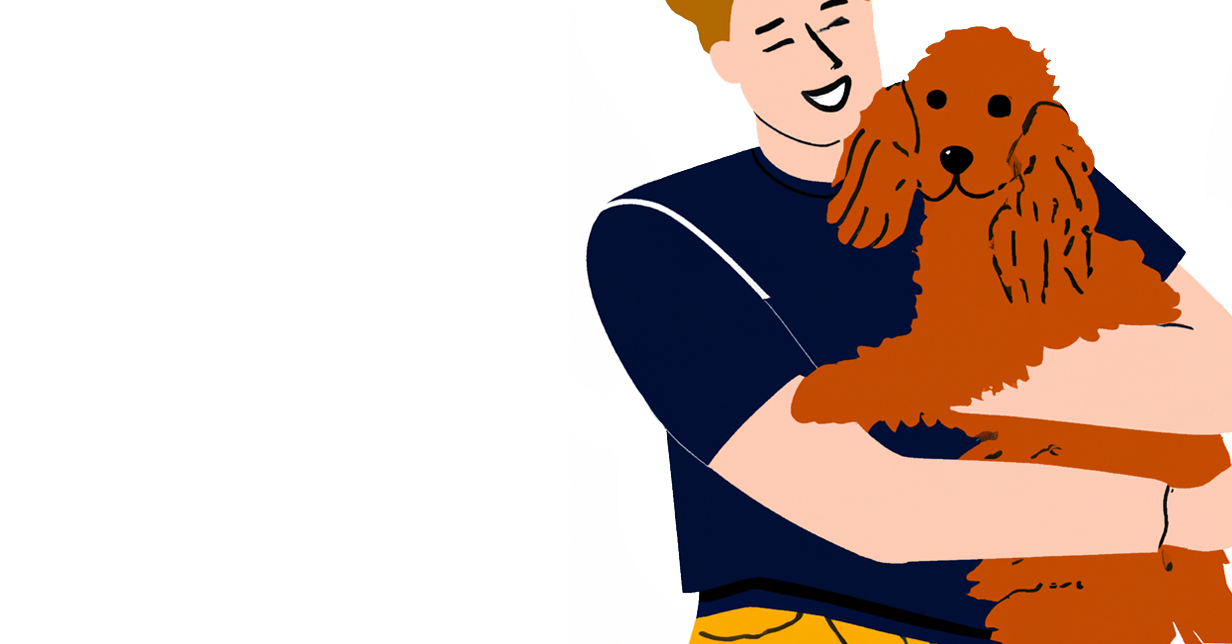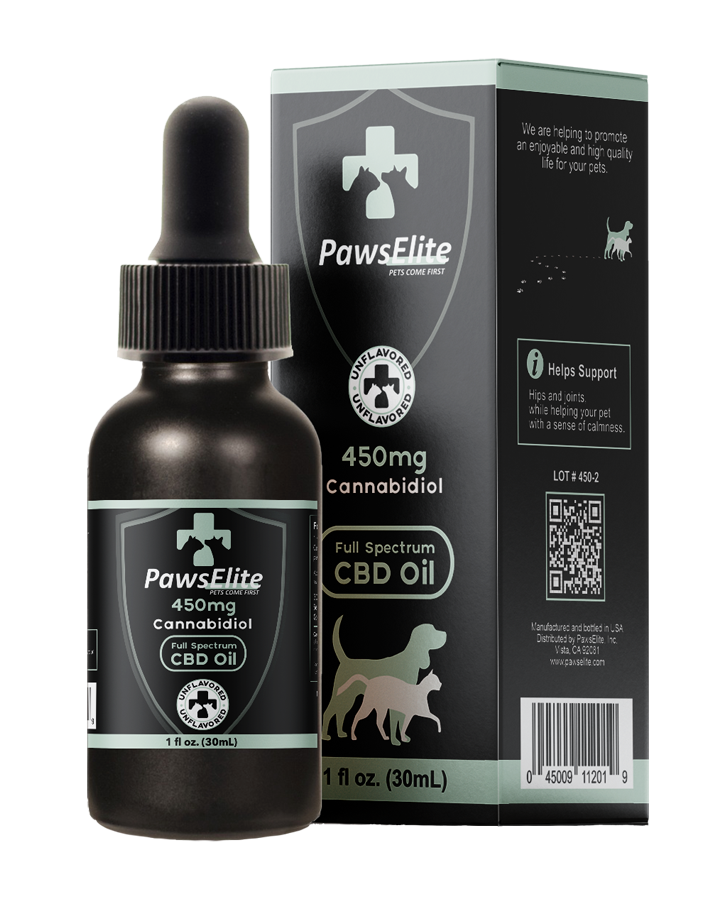The Truth About Grain-Free Dog Food: Benefits and Myths
Share
Recently, grain-free dog food has become popular among pet owners, promising benefits like better digestion and fewer allergies for our furry friends. More people choose grain-free options, believing they provide better nutrition and mimic what dogs eat in the wild. But with all the buzz, getting caught up in the hype and misconceptions is easy.
It’s essential to look at the facts to understand what grain-free dog food can do for your pet. Whether you’re considering switching your dog to a grain-free diet or just curious about the trend, exploring the real benefits and busting common myths can help you make the best choice for your pup’s health and happiness.
What is Grain-Free Dog Food?
Grain-free dog food is a formulation that excludes common grains such as wheat, corn, barley, oats and rice. Instead, it often incorporates alternative carbohydrate sources like potatoes, sweet potatoes, peas and lentils. These ingredients help maintain your dog’s energy levels and provide nutritional value without grains.
The Benefits of Grain-Free Dog Food
Grain-free dog food offers several benefits, particularly for dogs with specific allergies or sensitivities to grains. It can improve digestive health and alleviate symptoms like itchy skin and gastrointestinal issues. Some of the benefits you can expect when feeding your pet a grain-free diet include:
- Allergy and sensitivity relief. One of the primary reasons pet owners switch to grain-free diets is to address food allergies or sensitivities. While true grain allergies in dogs are rare, some dogs experience adverse reactions to certain grains. Symptoms can include itchy skin, digestive issues and ear infections. Switching to a grain-free diet can sometimes alleviate these symptoms.
- Improved digestive health. Grain-free dog food can improve digestive health for dogs with grain sensitivities. Ingredients like sweet potatoes and peas are often easier for some dogs to digest than grains, potentially reducing gastrointestinal distress.
- High-quality protein sources: Many grain-free dog foods prioritize high-quality protein sources. For instance, wild-caught salmon dog food is a popular grain-free choice. Salmon is rich in omega-3 fatty acids, which support skin and coat health, reduce inflammation, and promote overall well-being.
- Weight management. Some grain-free formulas are lower in carbohydrates, which can help with weight management. Maintaining a healthy weight is vital for preventing obesity-related issues such as diabetes, joint problems and heart disease.
- Energy levels and overall health. Grain-free diets can provide sustained energy levels, particularly for active dog breeds. High-quality proteins and fats in these diets can support muscle maintenance and overall vitality.
The Myths Surrounding Grain-Free Dog Food
Many myths surround grain-free dog food, such as the belief that all dogs need a grain-free diet or that it is always healthier. Most dogs can digest grains well, and grain-free diets can still contain carbohydrates from other sources like potatoes and legumes. Consult a veterinarian to determine the best diet for your dog’s needs.
- All dogs need grain-free diets. One of the most pervasive myths is that all dogs should be on grain-free diets. In reality, most dogs can digest grains perfectly well and grains can be a valuable source of nutrients. Whole grains, in particular, provide fiber, vitamins and minerals that contribute to overall health.
- Grain-free equals carb-free. Another common misconception is that grain-free dog food is carbohydrate-free. Grain-free foods still contain carbohydrates from sources like potatoes and legumes. So, it’s important to read labels and understand the nutritional content of the dog food if you want to feed your pet a low-carb diet.
- Grain-free diets are always healthier. While grain-free diets can benefit certain dogs, they are not universally healthier. In some cases, grain-free diets can be higher in calories and fats, which may not be suitable for all dogs.
Choosing the Right Dog Food
Choosing the right grain-free dog food can make a big difference in your dog’s health and happiness. With so many options available, it’s important to understand what to look for to ensure your pet gets the best nutrition possible.
- Consult your veterinarian. Your vet can provide personalized recommendations based on your dog’s health, age, breed and activity level. They can help you decide if a grain-free diet is appropriate or if other options might be better.
- Read labels carefully. Look for wet and dry dog foods that list high-quality protein sources as the first ingredient. If you’re considering grain-free options, ensure they contain balanced nutrients and avoid over-reliance on potatoes and legumes.
- Monitor your dog’s health. Pay attention to how your dog responds to their diet. Look for signs of improved or worsening health, such as changes in coat condition, energy levels and digestive health.
- Variety and rotation. Some pet owners find that rotating between different types of high-quality dog foods can help provide a balanced diet and reduce the risk of developing food sensitivities.
Give Your Dog the Best Diet Possible
Grain-free dog food can benefit dogs with specific allergies or sensitivities. However, it’s essential to separate the myths from the facts and make dietary decisions based on your dog’s needs.
Always consult your veterinarian to ensure you’re providing the best nutrition for your dog. By understanding the benefits and potential risks, you can make the right choices that promote your pup’s health and well-being.







